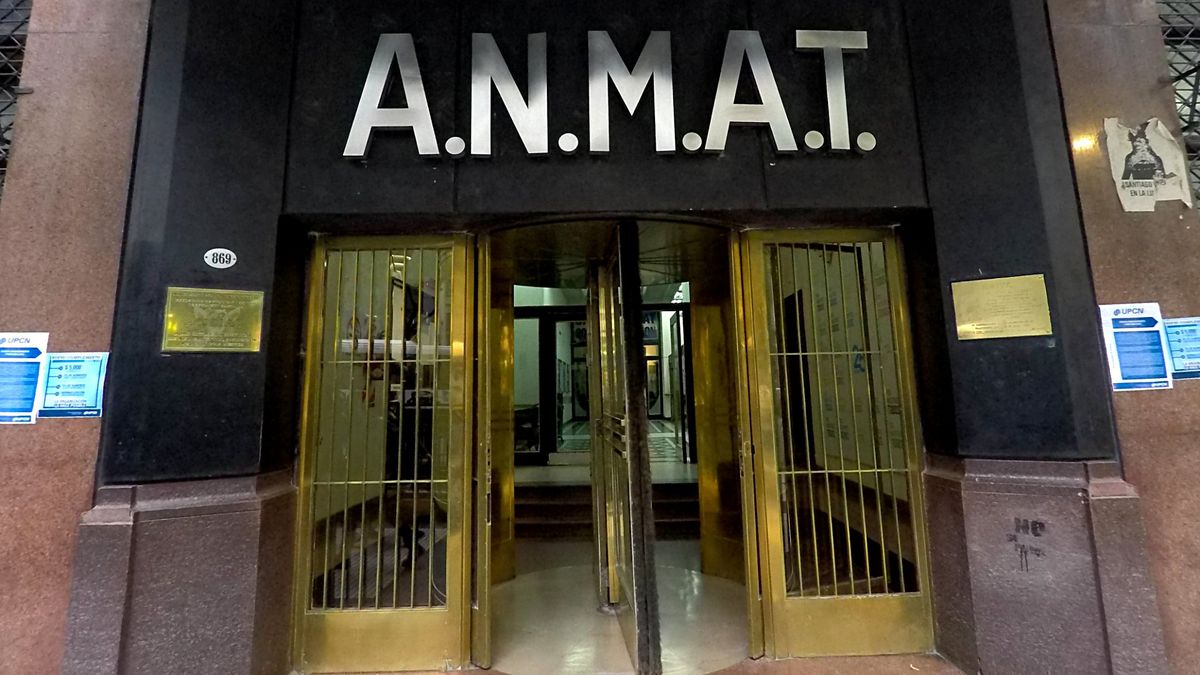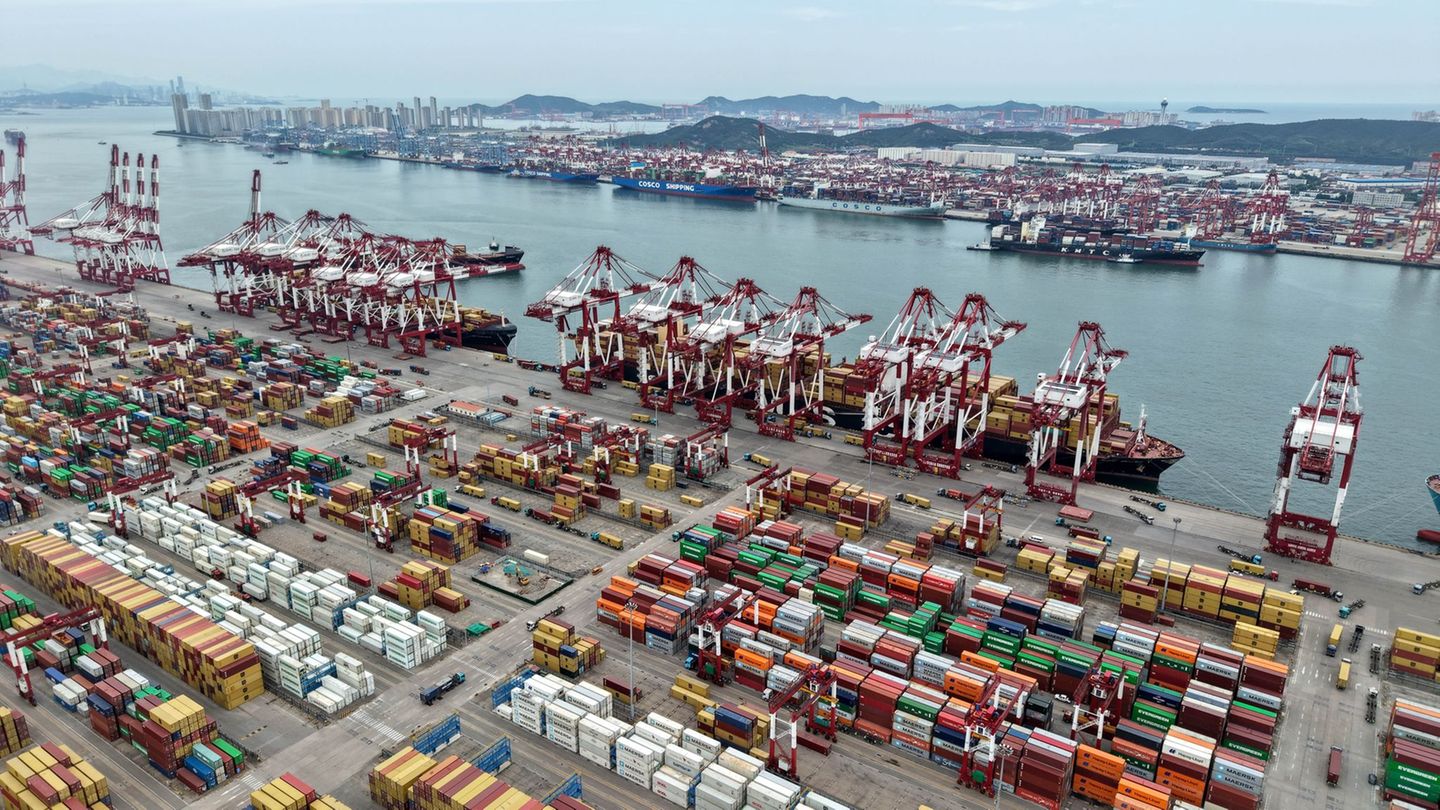The National Drug Administration, Food and Medical Technology (ANMAT) made available the new procedures and procedures that are managed through the Inal for the importation of food for commercialization, or for exclusively industrial use of the establishment (UPEI), or samples without commercial value or packaging and utensils in contact with food, according to their origin and, the procedures for export, of being required by the country of destination.
The products that are imported from individualized countries in Annex III (IF-2024-129062333-APN-SSE#MDYTE) to Decree 2126/71 and its amendments, may be admitted to the country and marketed presenting an affidavit making the “Import notice” corresponding through the Tad platform
Some of these nations considered with high health surveillance standards or with which there are economic integration treaties or reciprocity agreements are: Australia, Canada, Switzerland, United States, New Zealand, Israel, Japan, United Kingdom of Great Britain and Ireland of the North, and the European Union.
In addition, countries can be included with which Anmat can make reciprocity agreements in hygienic-sanitary matters in conditioned products of their competence, prior evaluation of the food control system in each country of origin.
How to access the tad
To enter, TAD is accessed through my Argentina, with DNI or AFIP, and a affidavit is completed that contains the data of the food product or raw material for exclusive use in the import establishment or container or sample without commercial value.
The requirements include the data of the importer, of the deposit where the merchandise, transport and the product to import, with a certificate of “marketing authorization” or “certificate of free sale of the product” or analog document approved by the health authority will be conditioned competent, and also its origin and origin.
The origin is where it was produced (the countries of Annex III) and the origin is from where this merchandise comes or departed (either by boat, plane, land via etc).
For products that come from countries not contemplated in Annex III, the National Establishment Registry of Food Products (RNPA) will be managed through the Sifega (Federal Food Management System), and the authorization of containers and utensils for To be in contact with food, as appropriate. Once the RNE and RNPA have been obtained, the “Import authorization“By the Tad platform.
Modifications in the INAL system
In turn, the INAL will continue to carry out inspections, especially for products considered at high risk, such as children’s formulas, dietary supplements or food for specific medical purposes, once the products have entered the country.
Monitoring aims protect consumers of the dangers transmitted by food and materials in contact with food, as well as preventing the labels of said products from presenting information that may induce deception or confusion.
To initiate these procedures, you must enter the Sifega, with user and key and manage an RNE and a RNPA. It will also be done for containers and utensils in contact with food. For these cases, the INAL also adapted the system and its procedures to be more agile and simple, and a report will be attached so that the importer takes into account at the time of admission to the country.
Obtained the RNE and the RNPA is carried out “Export authorization” On the Tad platform. Here the information requested is related to the product data to be imported by the data of the country of origin and origin, the shipping data, among others.
For their part, exporters may request the necessary certificates issued by the INALin cases that the country of destination requires. Some of the most requested certificates for export are for destinations of the European Union, Brazil, Australia, Chile and China.
Source: Ambito
I am a 24-year-old writer and journalist who has been working in the news industry for the past two years. I write primarily about market news, so if you’re looking for insights into what’s going on in the stock market or economic indicators, you’ve come to the right place. I also dabble in writing articles on lifestyle trends and pop culture news.




